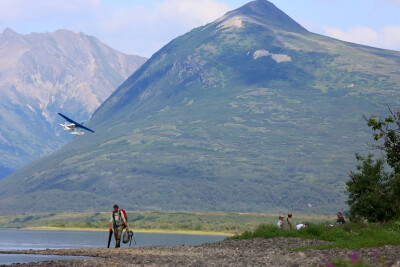Give a man a fish, the adage goes, and you feed him for a day. Teach a man to fish, and you feed him for a lifetime. But what happens when the one who needs fish is a fisherman?
Last month, the federal government took a long-awaited step toward answering that question when Congress allocated $75 million in fisheries disaster aid. Now the hard part begins for the National Marine Fisheries Service. First it must come up with a plan to divide the assistance among six different fisheries nationwide. Then it must determine how to spend the money that goes to each region.
The New England groundfishery, which targets cod, haddock, and flounders, received its disaster declaration in 2012 following decades of overfishing, and a failure of fish populations to recover despite increasingly strict limits on the catch. In addition to excessive harvest of fish, the ecosystem has also suffered from the compounding challenge of climate change.
Together, these factors have left it dangerously out of balance. With this influx of cash, which could represent the last hope for America’s first fishery, regulators and fishermen must weigh their desire to provide immediate assistance to industry members against the opportunity to make the entire groundfishery more solvent. The easy path — one for which some industry members and local politicians have advocated — would have regulators simply divide the money among active fishermen, allowing them to pay down their loans and perhaps save their boats or houses for another year or two. But then what? This fishery won’t recover for far longer than that.
Read the full story at Boston Globe>>






